When it comes to choosing cookware for your kitchen, one of the biggest decisions you’ll need to make is whether to invest in stainless steel or non-stick cookware. Both types have their own unique advantages, and the right choice depends largely on your cooking style, the types of dishes you prepare, and your preference for durability and ease of use. Here's a comprehensive guide to help you decide between stainless steel and non-stick cookware.
Table of Contents
Durability and Longevity
Stainless Steel Cookware: Stainless steel is renowned for its durability. It is a long-lasting material that can withstand high temperatures, metal utensils, and frequent use without chipping or peeling. With proper care, stainless steel pots and pans can last a lifetime, making them a smart investment for serious home cooks. Meyer’s stainless steel collections like Select and Trivantage offer premium options that are built for durability, ensuring years of reliable use.
Non-Stick Cookware: While non-stick cookware is not as durable as stainless steel, modern advancements have greatly improved its resilience. Non-stick pans are usually more susceptible to scratches and wear, especially when used with metal utensils. However, premium non-stick cookware, such as Meyer's Circulon A1 with ScratchDefense™ Nonstick Technology, is designed to be more resilient, lasting much longer than conventional non-stick pans. Nevertheless, non-stick pans generally have a shorter lifespan and may need to be replaced after a few years of heavy use.
Cooking Performance
Stainless Steel Cookware: Stainless steel is a favorite among professional chefs for its superior cooking performance. It excels in browning, searing, and deglazing due to its ability to distribute heat evenly and handle high temperatures. The heat retention of stainless steel pans makes them ideal for recipes that require precise temperature control, such as searing meat or cooking delicate sauces. The Meyer Trivantage collection, with its tri-ply construction, further enhances heat distribution, providing professional-grade results at home.
Non-Stick Cookware: Non-stick cookware is designed for convenience and ease of use. The non-stick coating allows food to slide off effortlessly, making it perfect for cooking delicate foods like eggs, pancakes, and fish. It's also ideal for low-fat cooking, as less oil is required to prevent sticking. For everyday cooking, non-stick pans simplify meal preparation and cleanup, making them a popular choice for busy households. Circulon A1 range offers non-stick cookware that combines performance with convenience, ensuring food releases easily with minimal oil or butter.
Maintenance and Care
Stainless Steel Cookware: Stainless steel cookware requires a bit more maintenance than non-stick options. To prevent food from sticking, stainless steel pans need to be properly preheated and sometimes lightly oiled before use. Additionally, they may require more scrubbing when cleaning, especially if food gets stuck. However, stainless steel is dishwasher-safe, which makes cleanup easier if you prefer not to hand wash your pans. Meyer’s stainless steel collections are designed to withstand frequent cleaning without losing their luster.
Non-Stick Cookware: Non-stick cookware, on the other hand, is incredibly easy to clean. The non-stick surface ensures that food doesn’t cling to the pan, which means a simple wipe with a sponge is often enough to remove residue. However, non-stick pans should be handled with care to avoid damaging the coating. It’s best to wash them by hand using soft sponges and avoid metal utensils to prolong the lifespan of the non-stick coating.
Versatility in Cooking
Stainless Steel Cookware: Stainless steel is one of the most versatile types of cookware. It can be used for a wide range of cooking techniques, from sautéing and searing to boiling and frying. Additionally, it can go from the stovetop to the oven, making it suitable for recipes that require both stovetop cooking and baking. Stainless steel pans can also be used on all types of cooktops, including induction. The Meyer Trivantage range, with its tri-ply construction, offers added versatility by providing even heat distribution, ensuring no hotspots.
Non-Stick Cookware: Non-stick cookware is more limited in its versatility, particularly when it comes to high-heat cooking. While non-stick pans are excellent for low to medium-heat cooking, they aren’t designed for high-heat techniques like searing or browning, as this can damage the non-stick coating. However, they’re ideal for cooking foods that are prone to sticking, like eggs or crepes, and are a great choice for beginners or those who prefer hassle-free cooking.
Health Considerations
Stainless Steel Cookware: One of the key benefits of stainless steel cookware is that it’s non-reactive, meaning it won’t interact with acidic foods like tomatoes or citrus. This ensures that no harmful chemicals or off-flavors are introduced into your food. Meyer’s Select and Centennial lines of stainless steel cookware are also nickel-free, making them safer options for those with nickel allergies or sensitivities.
Non-Stick Cookware: Non-stick cookware is designed for low-fat cooking, as the non-stick surface requires little to no oil to prevent food from sticking. However, there have been concerns about the safety of some non-stick coatings in the past. Meyer’s non-stick collections, such as Circulon A1 and Merlot, are free from harmful toxins like PFOA, and they meet safety standards set by the US FDA and European Food Safety Authority, ensuring safe cooking.
Which Should You Choose?
The decision between stainless steel and non-stick cookware ultimately depends on your cooking preferences and needs.
- Choose Stainless Steel if you’re looking for durable, versatile, and professional-grade cookware that excels at high-heat cooking techniques like searing, browning, and deglazing. It’s perfect for cooks who are willing to invest a bit more time in maintenance for superior performance and longevity.
- Choose Non-Stick if you prefer convenience and ease of use, especially for low-fat cooking and quick cleanup. Non-stick pans are ideal for beginners or those who cook delicate foods that tend to stick, like eggs or pancakes.
For those who want the best of both worlds, it’s worth having both types of cookware in your kitchen. Meyer offers a wide range of both premium stainless steel and non-stick cookware to suit every need. Whether you opt for Meyer’s Select stainless steel or the durable Circulon A1 non-stick collection, Meyer has the perfect cookware to complement your cooking style.

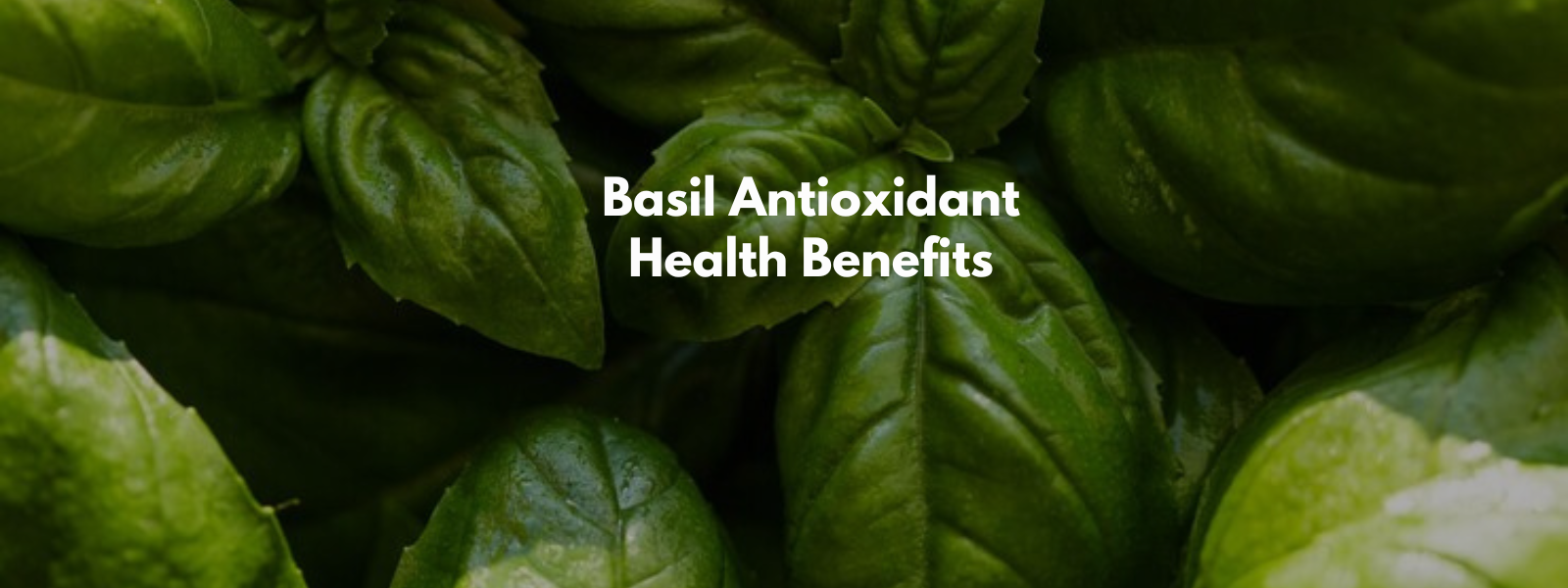
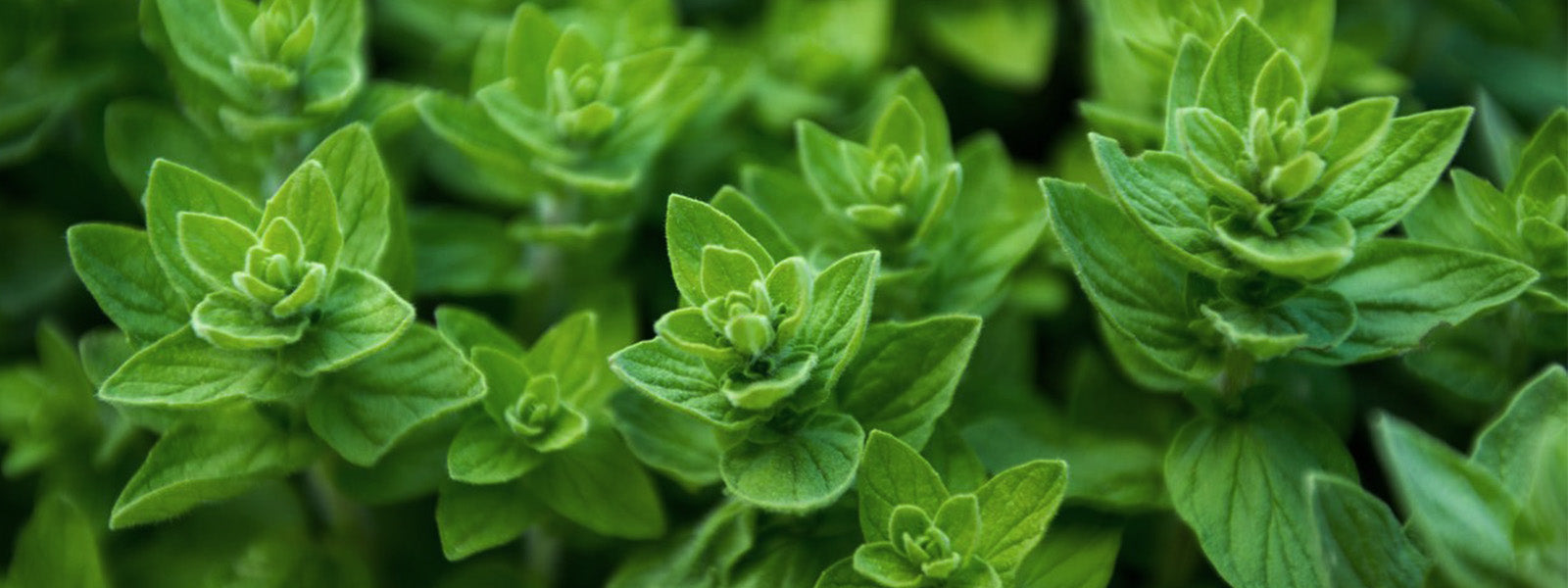
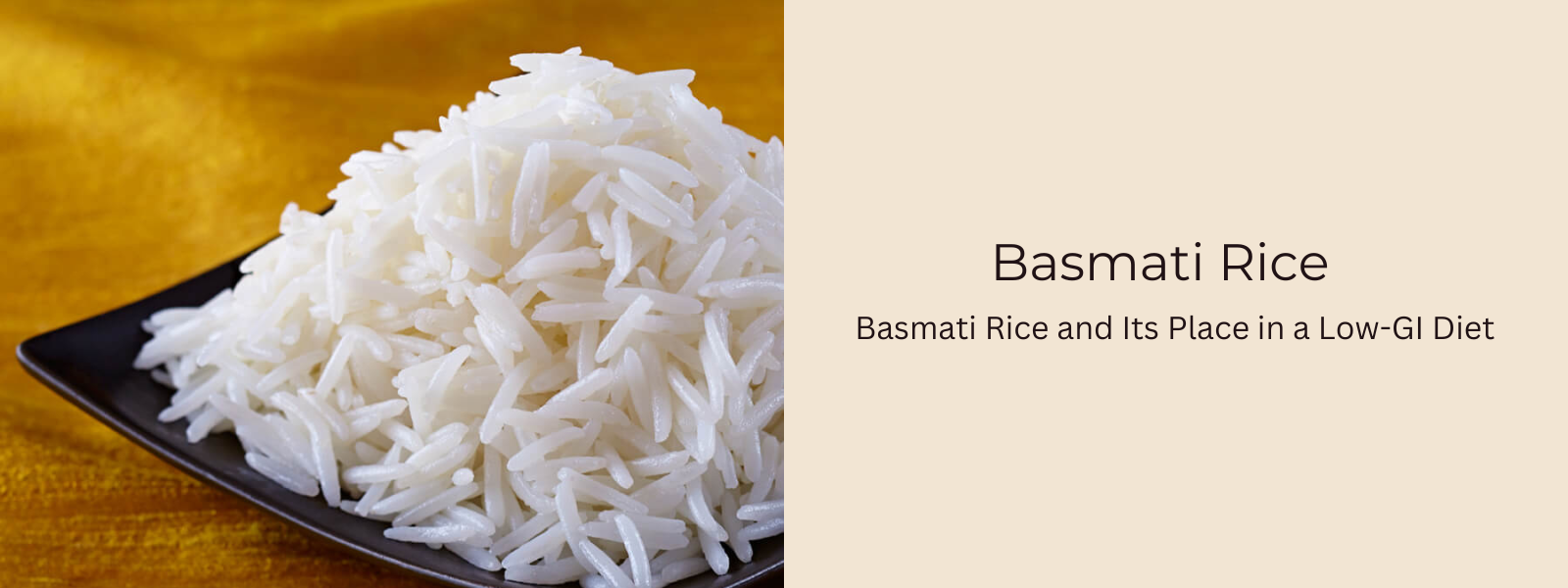
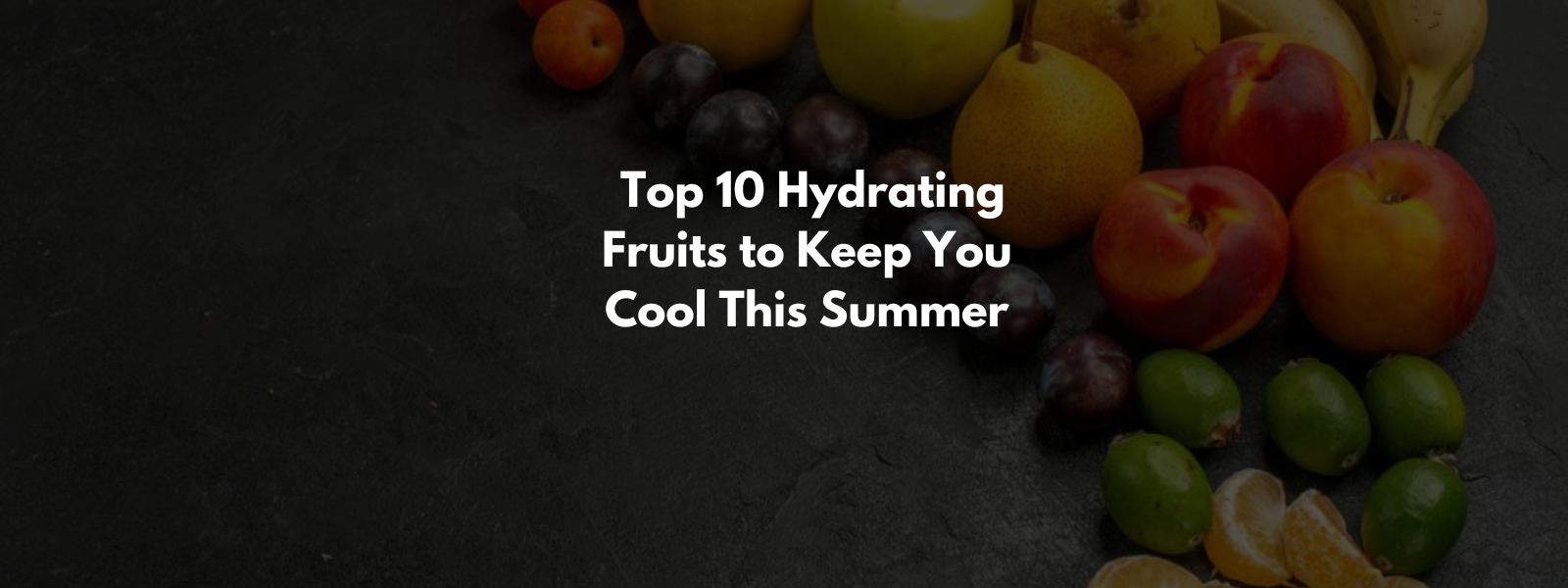
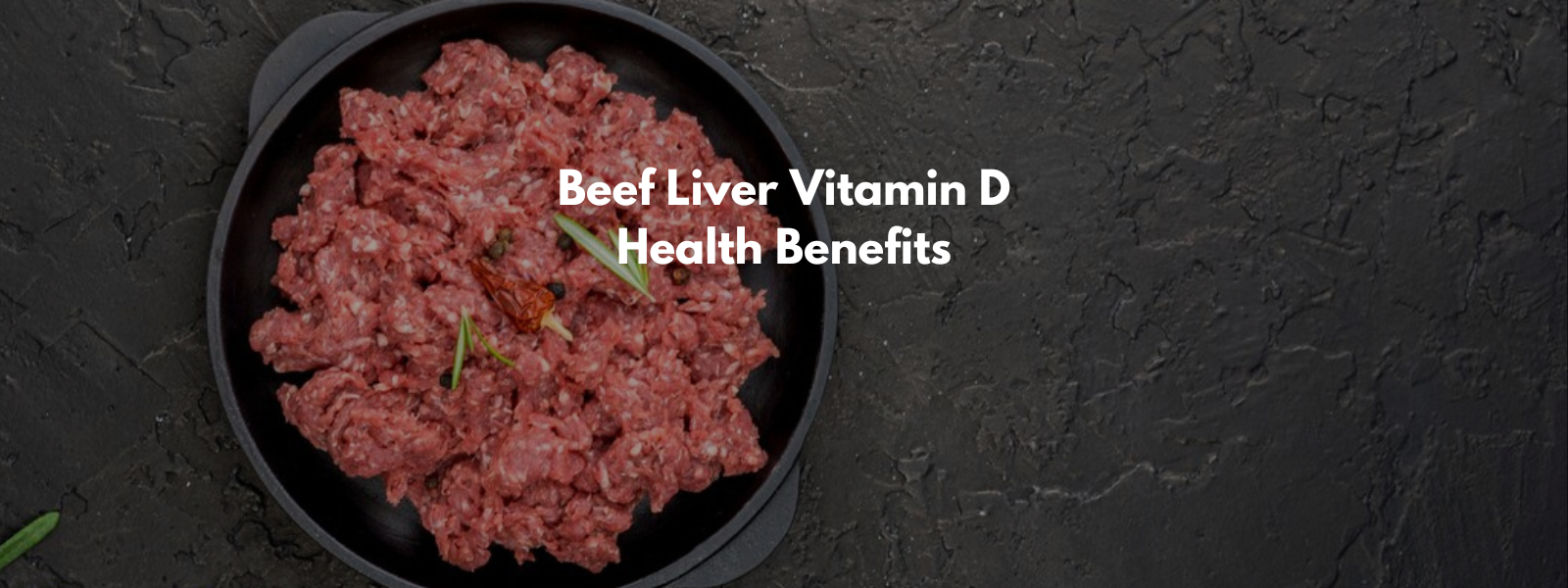

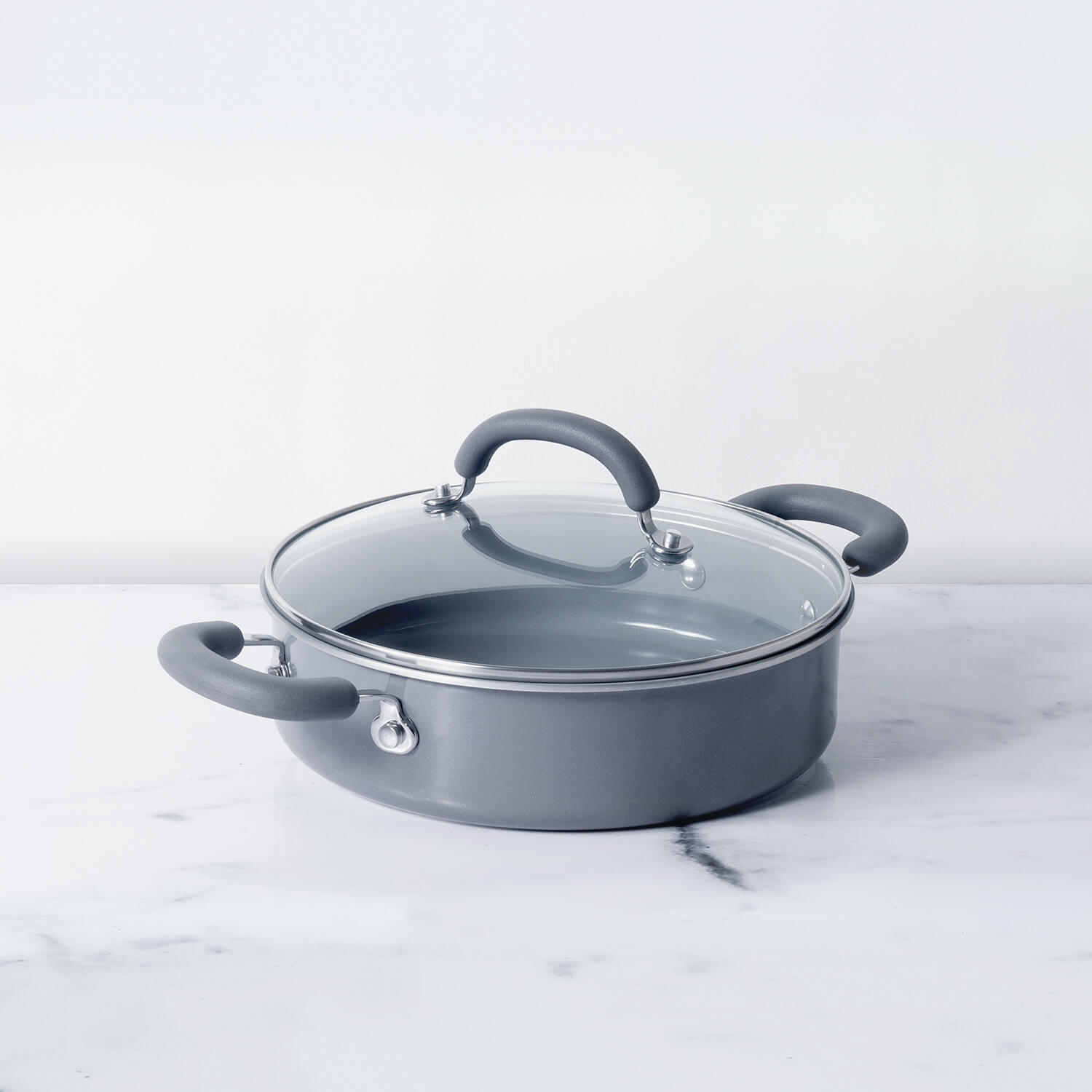
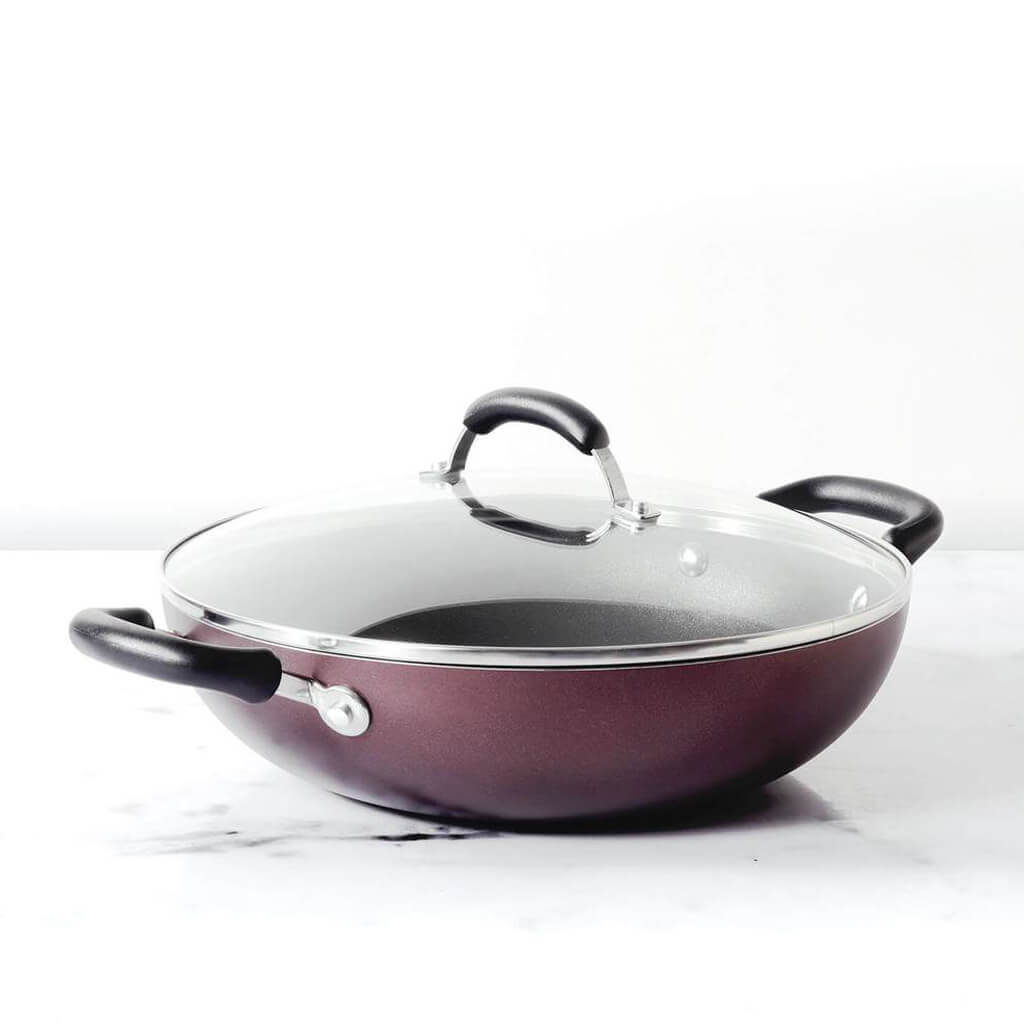




Leave a comment